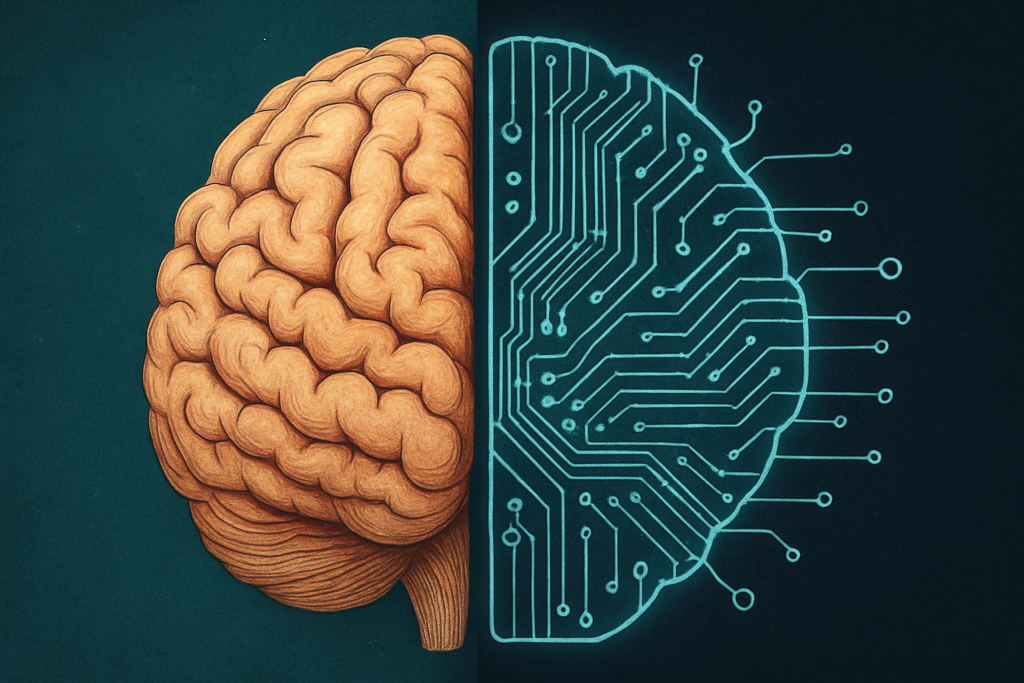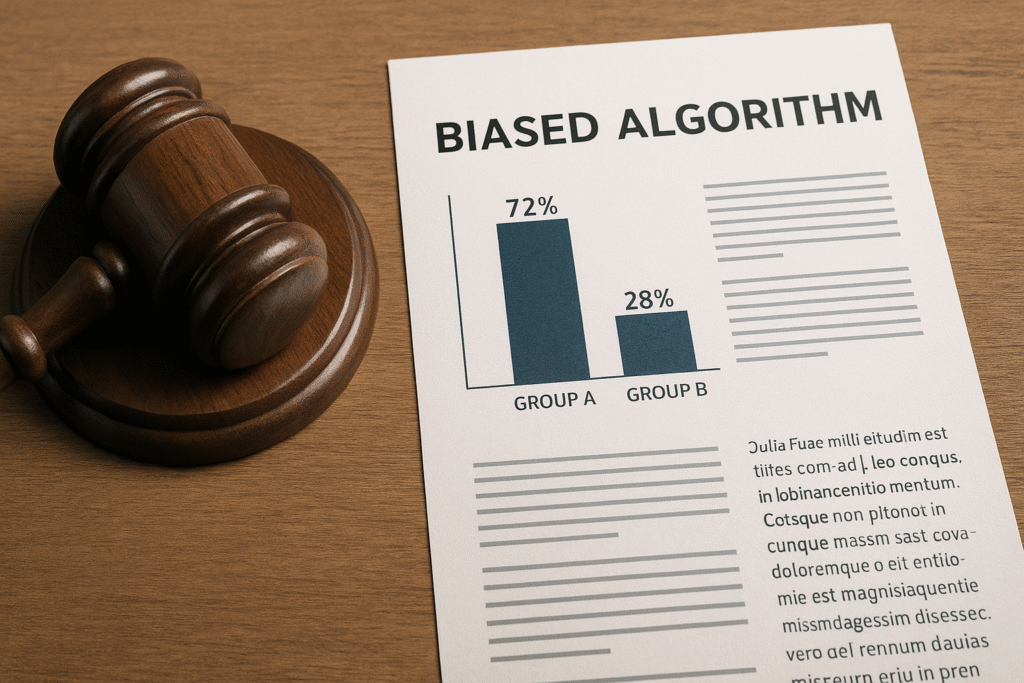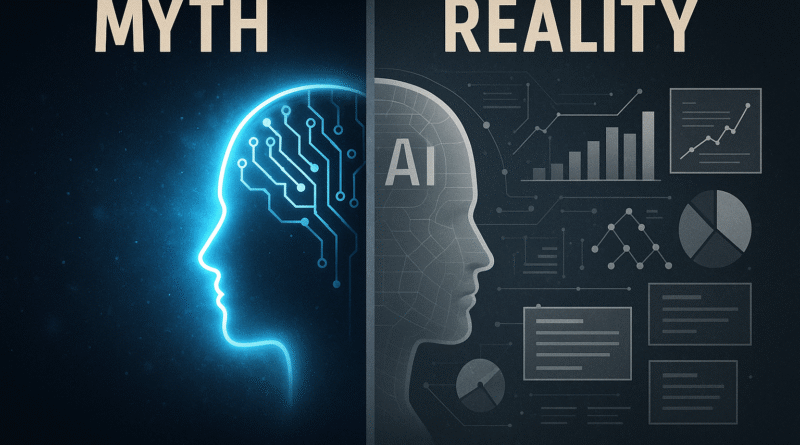5 Common Myths About AI (And What People Still Get Wrong)
AI Myths Introduction
Let’s face it, the term “Artificial Intelligence” has become a buzzword thrown around more than it’s understood. Between sci-fi movies, tech marketing, and sensational headlines, most of us have built a version of AI in our heads that’s… well, not exactly accurate.
I’ve been there too. I used to think AI meant machines that think like humans, or that it would someday outsmart us all and take over the world.
But the more I dug in, the more I realized that most of what we think we know about AI is based on myths, not reality.
In this article, I’m unpacking five of the most common myths about AI that continue to confuse, mislead, or scare people, and what’s actually true instead.
Myth #1: AI Thinks Like a Human

Let’s start with the big one. This is the myth that underlies almost every misunderstanding about AI.
When people hear that an AI can “understand language” or “recognize faces,” they assume it’s doing something similar to what we do.
But AI doesn’t “think.” It doesn’t reason, feel, or understand. It processes inputs based on training data and mathematical models.
It’s like a very powerful parrot that’s memorized the patterns of speech, not someone who grasps meaning like a person.
Reality: AI mimics intelligence through prediction, not comprehension.
This difference matters. It’s why AI can write an essay but fail to answer a basic logic question. It’s also why relying on AI for legal advice, emotional counseling, or moral judgment can backfire, it doesn’t know what it’s doing. It’s just completing patterns.
Myth #2: AI Is Always Objective and Unbiased

This one is dangerously common, especially in business, government, and law enforcement.
Many assume that since machines don’t have feelings, their decisions must be more “fair” than humans.
Wrong.
AI systems are trained on historical data. If that data is biased, the AI will learn and replicate those biases. And unlike a human, it won’t stop to question them.
Example: An AI used to predict recidivism (likelihood of re-offending) in the US was found to rate Black defendants as higher risk more often, not because they were, but because the training data reflected historical inequalities in the justice system.
AI doesn’t remove human bias. It amplifies it, silently and at scale.
Myth #3: AI Will Replace All Human Jobs

This myth comes in waves, every time a new tool goes viral, headlines warn of mass unemployment.
The truth is more nuanced.
AI will automate certain tasks, especially those that are repetitive and data-driven. But it’s not about wholesale job loss, it’s about job transformation.
Reality: AI will replace specific tasks, not entire professions.
For example, AI can help doctors analyze X-rays faster, but it won’t replace the complex decision-making, ethics, or human communication involved in medicine.
What’s more likely is that we’ll see a hybrid future, where humans + machines work together. The winners in that future won’t be those who compete against AI, but those who learn to collaborate with it.
Myth #4: More Data = Smarter AI
We often hear that AI “feeds on data”, and that the more we give it, the smarter it gets. While it’s true that data is essential to training AI, not all data is good data.
More data doesn’t always mean better results. In fact, too much unfiltered or unbalanced data can actually harm performance.
Reality: The quality and diversity of data matter more than sheer volume.
An AI trained on millions of English-language documents may still fail at tasks in other cultures, contexts, or languages. A facial recognition tool trained mostly on light-skinned faces will perform poorly on others.
The myth of “just throw data at it” leads to sloppy design, and real-world consequences.
Myth #5: AI Is Infallible
Because AI is associated with cutting-edge science, people often assume it’s better than human judgment, more accurate, faster, and less emotional.
But AI systems fail all the time.
- They mislabel images.
- They get confused by edge cases.
- They hallucinate information (as seen in some large language models).
- They give different results based on minor changes to input.
Reality: AI is a tool, not a truth machine.
The danger is not in AI making mistakes, it’s in humans trusting it too much. Over-reliance leads to disasters: faulty loans, unjust arrests, misdiagnosed diseases, and misinformation.
So… Why Do These Myths Persist?
There are a few reasons:
- Sci-Fi Culture: Decades of movies have trained us to see AI as sentient, for better or worse.
- Media Hype: Headlines love to over-promise or over-warn.
- Corporate Marketing: Tech companies often promote their products as more capable than they are.
- Lack of Education: Most schools and institutions don’t teach basic AI literacy yet.
The result? A gap between what AI can do and what people think it can do, and in that gap, misinformation thrives.
How We Can Get Smarter About AI
So how do we move beyond these myths?
It starts with AI literacy, not just for coders, but for everyone. You don’t need a PhD. You just need a framework for asking the right questions.
- What data trained this model?
- What’s the goal of the algorithm?
- What are its known limitations?
- Who is affected by its decisions?
- Is there a human in the loop?
Even a little awareness makes a big difference.
Final Thoughts: From Hype to Clarity

We’re living through one of the biggest technological shifts in human history, and with that comes uncertainty, excitement, and yes, a bit of fear.
But here’s the good news: the more we understand how AI really works, and doesn’t work, the better choices we can make.
Myths cloud our thinking. But truth? Truth gives us power.
So the next time someone says, “AI is going to take over,” smile and ask, “Which part of it do you mean?” Then offer them the facts.
Because the future of AI shouldn’t be shaped by fear. It should be shaped by informed people.
And that starts with us.

Pingback: Stop Trusting AI Blindly! Ask This One Crucial Question